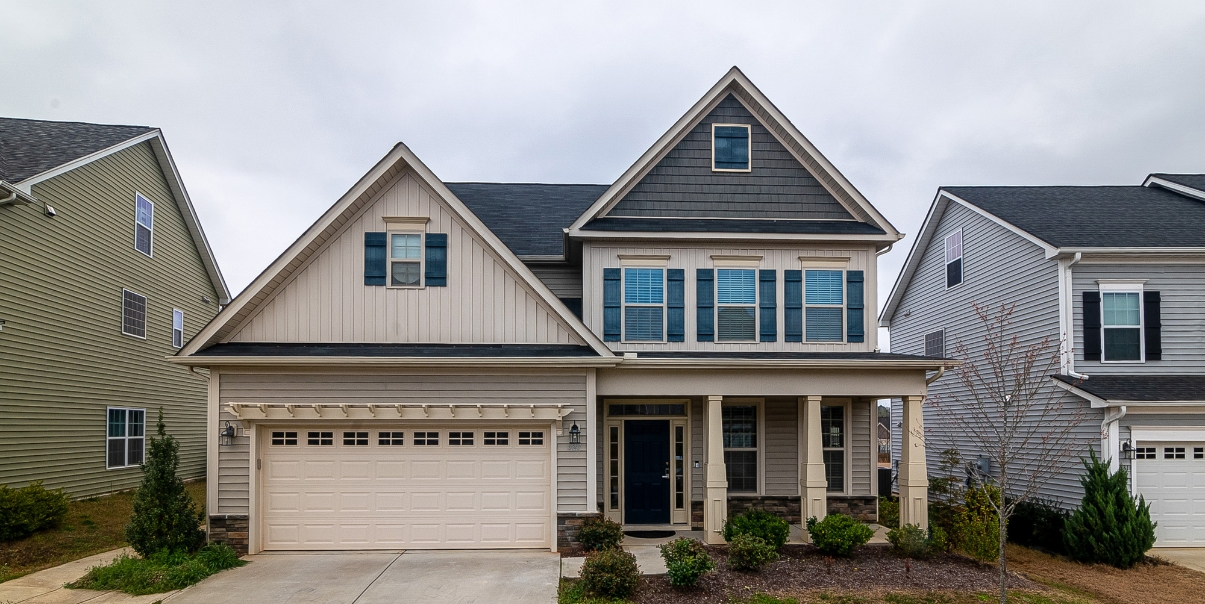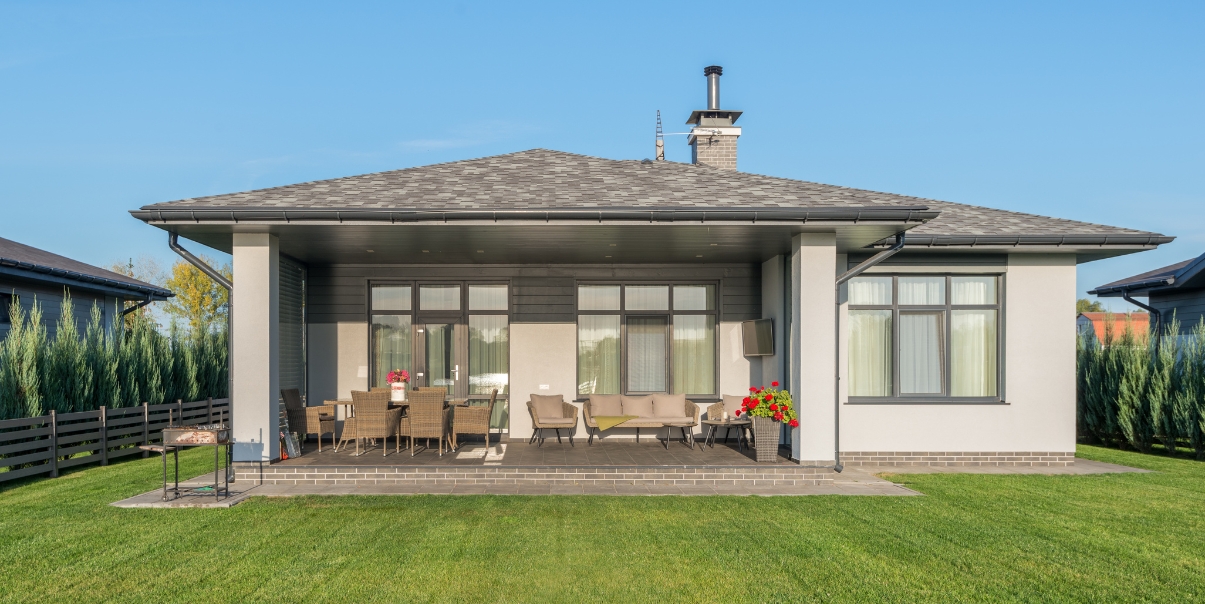Seasonal Siding Checklist Every Homeowner Should Follow
Low-Maintenance Siding Care
When it comes to protecting your home’s exterior, siding plays an essential role, not just in curb appeal, but in defending against the elements. Whether you’ve invested in vinyl siding, wood, or fiber cement, regular upkeep ensures your home stays looking sharp and structurally sound. Good news! You don’t need a pro for every little task. By following a smart seasonal checklist, you can extend the life of your siding and avoid costly repairs.
Time for Inspection and Early Repairs
Spring is the ideal season to inspect your siding after a long winter. Start with a visual walkaround. Look for any cracks, gaps, or loose panels caused by ice, snow, or temperature fluctuations. Even minor damage can let moisture in, eventually leading to rot or mold.
Pay close attention to any signs of warping or bulging; these may hint at underlying water damage. If you spot any problem areas, now’s the time for siding repair before the summer heat sets in. While you’re at it, examine caulking around windows and doors. If it’s cracked or missing, reseal those joints to prevent future leaks. It’s a small step that can make a big difference in overall energy efficiency and siding longevity.
Clean and Protect
Summer offers the best weather to give your siding a proper clean. Use a garden hose and soft-bristle brush or a low-pressure power washer to remove pollen, dirt, and mildew that may have built up during the spring. Different siding materials call for different methods. Use mild soap and water for vinyl siding; strong chemicals will degrade the finish. If you have wood siding, look for any insect activity—especially termites or carpenter ants—then treat the impacted sections right away.
Regular cleaning helps against long-term wear and not only preserves appearances. A clean outside might also highlight latent problems like minor fractures or faded paint that might call for future maintenance.
Seasonal Siding Maintenance
Prep for Weather Shifts
Your priorities should change to preparation as temperatures drop. Once more, check your siding for fresh damage brought on by summer storms or high heat. Especially near joints and corners, look for loose panels or degraded sealant.
To guarantee adequate water drainage, clear downspouts and gutters. Particularly in more moisture-sensitive wood or fiber cement, overflowing water can trickle down and saturate siding materials. This is also a good time to repaint or restain wood siding if needed. It adds a fresh layer of protection against snow and ice while improving your home’s appearance before winter sets in.
Minimal Action, Maximum Observation
Winter isn’t ideal for siding installation or major repairs, but that doesn’t mean you should ignore it. Keep an eye on areas prone to snow buildup or ice damming. If icicles are forming near your siding, it may indicate a ventilation or drainage issue that needs to be addressed when the weather warms up.
Also, monitor the inside of your home for signs of exterior problems. Drafts, wall discoloration, or musty smells near siding walls can all be subtle clues of exterior failure. If winter storms cause visible damage, take photos and schedule an assessment for when conditions are safer. Having a plan for siding contractors or a trusted repair team ahead of time ensures a faster response.
Year-Round Tips
Regardless of the season, proactive maintenance pays off. Here’s what you should be doing throughout the year:
- Trim landscaping: Keep bushes and trees away from your siding. Branches that rub against your home can scratch or dent materials, especially vinyl siding or aluminum.
- Check for pests: Birds, insects, and rodents can burrow into siding gaps or soffits. Sealing small openings promptly can prevent bigger infestations.
- Watch for moisture: Be alert for bubbling paint, dark spots, or soft patches—all signs that water may be seeping in.
- Schedule inspections: Even if you handle DIY upkeep, it’s smart to have a pro assess your siding every few years. A qualified siding contractor near you can catch issues before they grow more expensive.
When Repairs Aren’t Enough
Eventually, repairs won’t cut it. If your siding is faded, cracking, or showing signs of widespread damage, it may be time to think about full replacement. The siding installation cost varies based on material and home size, but putting it off can lead to more serious structural issues. Ask about contemporary, low-maintenance choices and get prices from licensed siding contractors. For instance, many modern homes are weighing vinyl siding vs. wood siding depending on beauty, cost, and longevity.
Changing siding also gives an opportunity to increase energy economy. Particularly when combined with modern roofing installation or attic improvements, newer materials offer better insulation and can help to minimize heating and cooling costs.
Don’t Forget the Roof
Since siding and roofing work together to protect your home’s shell, it’s wise to check your roof during siding maintenance. Be alert for missing shingles, water stains, or sagging gutters.
Whether you need roof repair, a leak patch, or are comparing metal roofing vs. asphalt shingles, keeping your roof in shape helps your siding last longer too. Plus, when you combine projects, you might reduce overall labor and materials costs.
And if you’re weighing the cost of replacing a roof or curious about metal roofing benefits, many homeowners find that bundling siding and roofing jobs can make budgeting and contractor scheduling simpler.
Conclusion
Keeping your siding in top condition doesn’t have to be complicated. Regular visual inspections along with a clear seasonal checklist will help you to extend the life of your house, preserve its curb appeal, and prevent unneeded surprises. From basic summer cleaning to winter caution and proactive repairs, proper siding maintenance is mostly about timing and attention. And knowing when to locate a siding contractor close by will help greatly when the time calls for more than just upkeep. Because your whole house gains from good siding—from energy savings to peace of mind.


